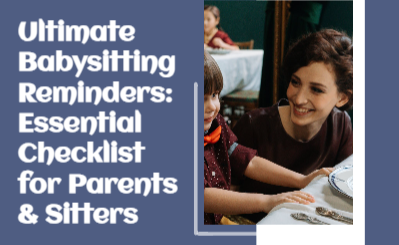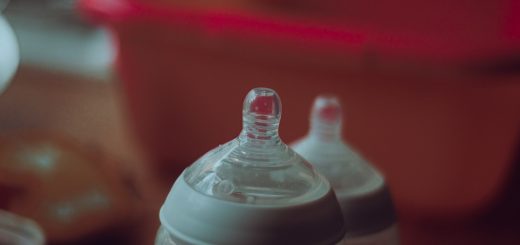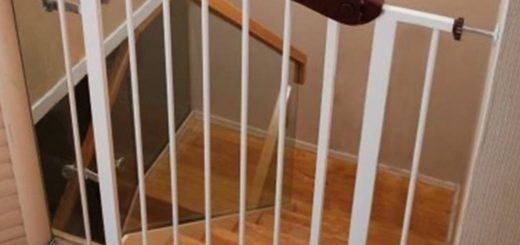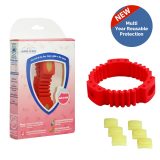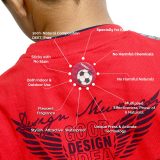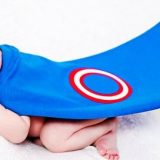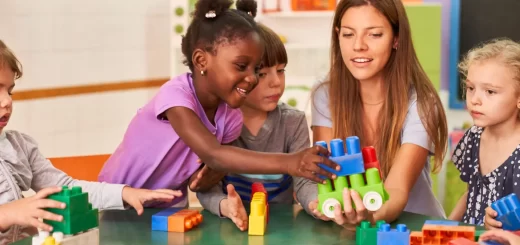Protecting Your Little One: Tips for Childproofing Your Child’s Bed
As a parent, ensuring the safety of your child is a top priority. One of the most crucial areas to focus on is your child’s bed. While it may seem like a safe and cozy place, there are potential hazards that could harm your little one. Whether it’s sharp edges, loose parts, or suffocation risks, taking steps to childproof your child’s bed is essential. In this article, we’ll provide you with expert tips and practical advice on how to make your child’s bed a safe haven.
Protecting Your Little One: Tips for Childproofing Your Child’s Bed
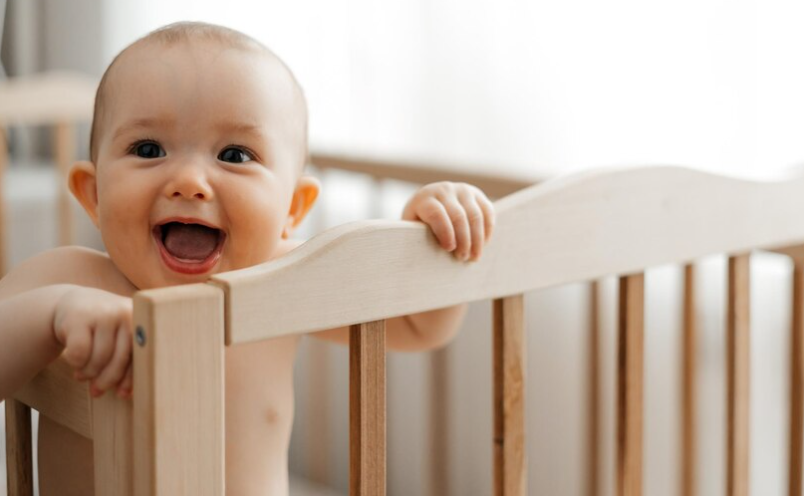
Assess the Bed’s Safety Hazards
The first step in childproofing your child’s bed is to assess the safety hazards present. Here are some potential hazards to look out for:
- Sharp edges: Make sure the bed frame, headboard, and footboard do not have any sharp edges that could harm your child.
- Loose parts: Check that all parts of the bed are securely attached and cannot come loose.
- Suffocation risks: Avoid using soft bedding, such as pillows, comforters, or blankets, as they can pose a suffocation risk for babies.
Remove Potential Hazards
Once you have identified the safety hazards, it’s time to remove them. Here’s what you can do:
- Cover sharp edges: If the bed frame or headboard has sharp edges, cover them with edge guards or foam padding to prevent your child from getting hurt.
- Secure loose parts: Check that all parts of the bed are securely attached, including the screws and bolts. If any parts are loose, tighten them or replace them.
- Use a firm mattress: Use a firm and tight-fitting mattress that fits snugly into the bed frame. This will prevent your child from getting trapped between the mattress and the frame.
- Avoid soft bedding: Use a fitted sheet instead of a blanket to keep your child warm. If you must use a blanket, tuck it in tightly around the sides and bottom of the mattress. Avoid using pillows, comforters, or other soft bedding.
Create a Safe Sleeping Environment
In addition to removing potential hazards, it’s essential to create a safe sleeping environment for your child. Here are some tips:
- Use a crib or toddler bed: Use a crib or toddler bed that meets safety standards and has no drop-sides. The mattress should fit snugly, with no more than two fingers’ width between the mattress and the crib sides.
- Place the bed in a safe location: Place the bed away from windows, blinds, or curtains that could pose a strangulation risk. Avoid placing the bed near heaters, lamps, or other electrical appliances.
- Install a baby monitor: Install a baby monitor in your child’s room so you can hear if they wake up or need you.
- Avoid bed-sharing: It’s safest for your child to sleep in their own bed, rather than sharing a bed with an adult or sibling.
Educate Yourself and Your Child
Educating yourself and your child about bed safety is essential. Here are some tips:
- Teach your child to climb in and out of bed safely: Show your child how to climb in and out of bed safely, without jumping or sliding.
- Explain the importance of staying in bed: Teach your child the importance of staying in bed and not wandering off during the night.
- Demonstrate safe sleeping positions: Show your child how to sleep on their back or side,
Also Read: Baby Safety Products: Raising Parent’s Awareness
Frequently Asked Questions (FAQs)
Q: At what age can my child start using a regular bed?
A: It’s generally recommended that children stay in a crib or toddler bed until they are at least 2-3 years old. After that, you can transition them to a regular bed with a firm mattress and secure frame.
Q: Do I need to childproof a bunk bed?
A: Yes, bunk beds pose additional safety risks and should be childproofed. Ensure that the bed frame is sturdy, there are guardrails on both sides of the top bunk, and the ladder is securely attached.
Q: Is it safe to use a bed rail?
A: Bed rails can be helpful for preventing falls, but they should be used with caution. Make sure the bed rail is securely attached and does not create a gap between the mattress and the rail, where a child could get trapped.
Conclusion
Childproofing your child’s bed is an important step in ensuring their safety and well-being. By assessing potential hazards, removing them, and creating a safe sleeping environment, you can give yourself peace of mind and protect your little one. Educating yourself and your child about bed safety is also crucial. Remember, it’s never too early to start childproofing, and by taking these simple steps, you can make your child’s bed a safe haven.
